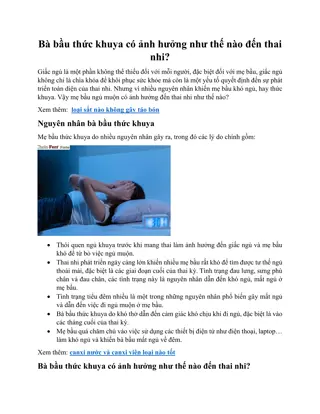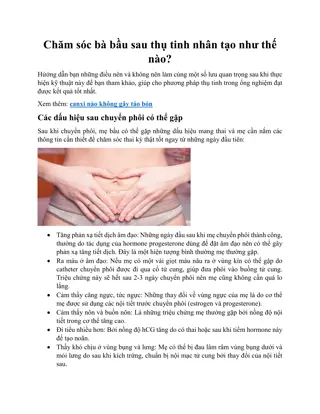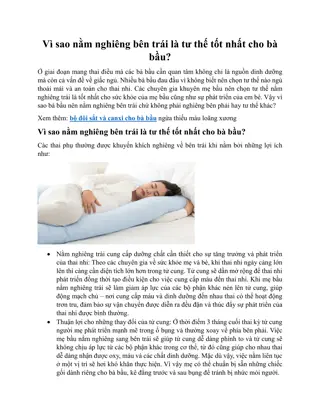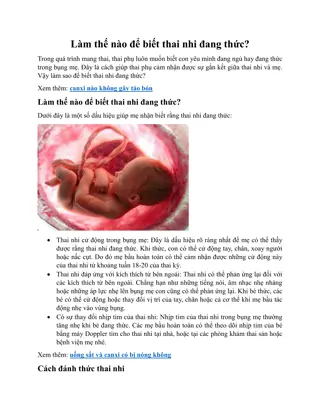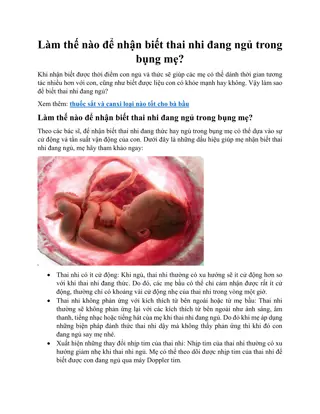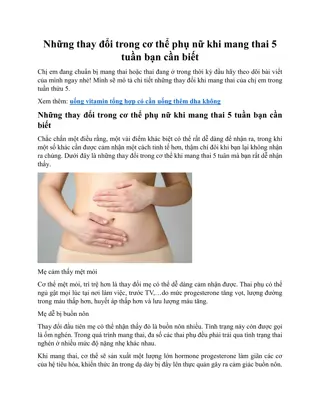Review on Pierre Menard, Author of the Quixote
Pierre Menard, Author of the Quixote is a masterpiece by Jorge Luis Borges, exploring the blurred lines between reality and fiction in literary works. Borges' intellectual depth and unique style shine through in this influential essay, challenging traditional narrative boundaries and captivating readers with thought-provoking concepts.
Download Presentation

Please find below an Image/Link to download the presentation.
The content on the website is provided AS IS for your information and personal use only. It may not be sold, licensed, or shared on other websites without obtaining consent from the author.If you encounter any issues during the download, it is possible that the publisher has removed the file from their server.
You are allowed to download the files provided on this website for personal or commercial use, subject to the condition that they are used lawfully. All files are the property of their respective owners.
The content on the website is provided AS IS for your information and personal use only. It may not be sold, licensed, or shared on other websites without obtaining consent from the author.
E N D
Presentation Transcript
A REVIEW ON Jorge A REVIEW ON Jorge Luis Borges Luis Borges Pierre Menard, Author of the Quixote & Some Versions of Homer Pierre Menard, Author of the Quixote & Some Versions of Homer by by Dudu BAL ZBEK Dudu BAL ZBEK
Introduction Pierre Menard, Author of the Quixote is a short story originally appeared in Spanish in the Argentine journal Sur in May 1939 and Some Versions of Homer published in 1932 in Discusi n, a volume of essays reflecting Borges' principal preoccupations at the time: Argentine reality, Eastern philosophy, and literary and rhetorical issues. Both of these essays are masterpieces to understand Borges ideas related to literary discussion and the nature of translation. Introduction was first
Borges was born in1899 in Buenos Aires, of Spanish, English and (very remotely) Portuguese origin. Borges and his companions were affected by the social turmoil of the post-war period and industrialism. But out of these general conditions, shared by many in our time, Borges has created a work like no other. Perhaps the most striking characteristic of his writings is their extreme intellectual reaction against all the disorder and contingency of immediate reality, their radical insistence on breaking with the given world and postulating another (Irby, 1964: 10).
Borges wrote Pierre Menard, Author of the Quixote" to test his mind after recovering from a head injury that gave him hallucinations and was complicated by a dangerous case of septicemia. The Oxford Book of Latin American Essays (1997) calls "Pierre Menard, Author of the Quixote" "the most influential essay ever written in Latin America." Typical of Borges' style, the work does not fall neatly into the genre of narrative story or of essay. It may be regarded as a fictional essay .
Normally one separates stories and essays functionally. However, this distinction is not so clear-cut for most of Borges writings. It is the Schopenhauerian principle in Borges which makes him wonder what is real and what is illusory in our common experience. And it is this which makes him deliberately blur the borderline between his fiction and his essays: as if in order to imitate nature he blurs the boundary between reality and dream (Agassi, 1970:288).
"Pierre Menard, Author of the Quixote" is written in the form of a review or literary critical piece about Pierre Menard, a fictional 20th- century French writer. It tells of the character Pierre Menard, a French symbolist recently died, who had undertaken the absurd task of rewriting creativity. Because of Borges' intellectual reputation, the publication of this story sent scholars scrambling to discover the obscure author Pierre Menard. They unearthed a minor essayist, with a forgettable published essay on the psychological analysis of handwriting rewriting Cervantes' Cervantes' Don Don Quixote Quixote as a product of his own
Menard left behind an unfinished masterpiece which "consists of the ninth and thirty-eighth chapters of Part I of Don Quixote and a fragment of Chapter XXII" (Borges:201). With this project, Menard didn't aim to merely transcribe or copy Don Quixote, and he didn't attempt to produce a 20th-century updating of this 17th-century comic novel. Instead, Menard's "admirable ambition was to produce a number of pages which coincided-word for word and line for line-with those of Miguel de Cervantes," the original author of the Quixote.
In the story the narrator praises Menards text as being more subtle than Cervantes . According to him, the Cervantes text and the Menard text are verbally identical, but the second is almost infinitely richer (Borges:209). The narrator gives the following example in the story to compare Menard s work with that of Cervantes:
It is a revelation to compare the Don Quixote of Pierre Menard with that of Miguel de Cervantes. Cervantes, for example, wrote the following (Part I, Chapter IX): truth, whose mother is history, rival of time, depository of deeds, witness of the past, exemplar and adviser to the present, and the future's counselor. This catalog of attributes, written in the seventeenth century, and written by the "ingenious layman" Miguel de Cervantes, is mere rhetorical praise of history. Menard, on the other hand, writes: truth, whose mother is history, rival of time, depository of deeds, witness of the past, exemplar and adviser to the present, and the future's counselor. From the story "Pierre Menard, Author of the Quixote" (Borges: 209-210)
This passage implies that the meaning of a given text is determined by its context, and not by the passage or word itself. The narrator in the story finds Menard s text richer although it is exactly the same with Cervantes words. The same text produces different interpretations depending on the reader. After giving the two identical passages as an example of Menard s work and Cervantes work, the narrator comments as following:
The contrast in styles is equally striking. The archaic style of Menardwho is, in addition, not a native speaker of the language in which he writes is somewhat affected. Not so the style of his precursor, who employs the Spanish of his time with complete naturalness. From the story "Pierre Menard, Author of the Quixote" (Borges: 211) the role Through such discussions in the story, Borges questions the author, problem of how we link a text with its source the meaning of authorship is at the centre of Jorge Luis Borges story Pierre Menard, Author of the Quixote role of of the the author, reader reader and and the the context context in creating the meaning of a text. The
With this story Borges implies the simple yet disturbing supposition that the meaning of literary works is entirely dependent on the varying historical and social contexts in which they are read. Simple because it seems obvious that context plays an enormous part in the determination of meaning of texts; complex and disturbing in its suggestion that literary meaning is constructed through mental processes irrevocably tied to location and period (Giskin,2005:103).
With these ideas embedded in the story, Borges presents the idea of reinterpreting literary works differently at different times. Pierre Menard, originally published in 1939, appeared well before the emergence of critical interest in the late 1960s (and subsequent decades) about how authorship and context influence reading (Moores,2011:113).
Indeed, his ideas related to the acts of reading and writing anticipate all postmodern theory upon the problem of reception. It now seems likely that the postmodern theorists such as Derrida, Foucault, Barthes and Baudrillard were influenced by Borges new ways of thinking about the acts of reading and writing. What also seems clear is that Borges, in the 1920s and 1930s, was thinking in ways that were to become current more than thirty years later as the Modernist paradigm shifted to postmodern ways of thinking (Giskin,2005:105).
Reception theory emphasizes each particular reader's reception or interpretation in making meaning from a literary text. In literary studies, reception theory originated from the work of Hans-Robert Jauss in the late 1960s. Drawing extensively on the hermeneutic theory of Hans Gadamer, Jauss regards the literary text as participating in an endless dialogue between past and present, since the present cultural horizon of the reader will always influence the (Dapia,1996:100). way a past literary work is understood.
While expressing his ideas about the nature of reading and interpretation Jauss states that Borges, with Pierre Menard, Author of the Quixote, anticipated (in 1939) the shift to the modern aesthetic reception which took place in the 1960s. Like Jauss,Pierre Menard rejects the thesis of an atemporal, universal, absolute meaning of a literary text and stresses the (Dapia,1996:100). the role role of of the the reader reader
Borges, at the end of the story also raises questions about authorship authorship: He then, in the last paragraph of the story, vastly expands the range of this type of interpretation as he views it, an enriching of all literature: for, he says, if it is legitimate to interpret words that Cervantes happened to have written as coming from Menard, then why should we not interpret the words of Homer (or any text) as belonging to a later (or earlier, or contemporary) writer? If we can choose to read Cervantes as if we were reading Menard, then we can also choose to read Don Quijote as if it had been written by Melville or, conversely, to read Moby Dick as if it had been written by Cervantes. Once we agree with the premise that there is no necessary link between a given author and a given set of words, every interpretation, even the most apparently humdrum, becomes a matter of free choice. there is no necessary link between a given author and a given set of words, every interpretation, even the most apparently humdrum, becomes a matter of free choice. (Moores,2011:111)
From the earliest beginning of his literary career, Borges occupied himself with translation. His first publication, at the age of nine, was a Spanish translation of Oscar Wilde s The Happy Prince. He starts the article Some Versions of Homer with the following words: No problem is more essential to literature and its small mysteries than translation (Borges:1136).
In the article Some Versions of Homer, Borges compares differing versions produced by English translators over the centuries of the same passage in Homer. Some Versions of Homer gives us a preview of what Emir Rodriguez Monegal defines as Borges's theory of the "reader demonstrated further in Pierre Menard, Kafka and His Precursors, and other meditations. Borges sees translation as a model for reading as well as for writing, and he prefigures reception theory in privileging the relation between the reader's context and the text over the now desacralized concepts "reader as as writer writer"- concepts of of authorship authorship and and originality (Levine, 1992: 1134) originality
Borges believes that a later version of any text is not necessarily inferior to the original. To assume that all recombinations of elements are necessarily inferior to their original form is to assume that draft 9 is necessarily inferior to draft H- since every text is a draft. The notion of a definitive text belongs to religion or perhaps merely to exhaustion (Borges: 1136).
Borges Homer Borges Comparison Homer: : Comparison of of differing differing versions versions of the same passage in of the same passage in The first two-the literal versions-could move us for a variety of reasons: the reverential reference to the sacking of the city; the naive statement that one gets hurt in war; the infinite disorders of combat suddenly embodied in a single, raging god. The third version, Cowper's, is the most innocuous of all since it is completely literal, as far as Miltonic verse permits. (Borges:1138).
Pope's rendering is extraordinary. His luxuriant language (like Gongora's) can be distinguished by its persistent and excessive use of superlatives. For example, the hero's lone black ship becomes a fleet. Continuously subjected to this law of amplification, all the lines of Pope's text fall into two grand categories: undiluted oratory,as in "And when the Gods our arms with conquest crown'd," or visual representation, as in "When Troy's proud bulwarks smok'd upon the ground." Speeches and spectacles: this is Pope. Chapman's fiery version is also spectacular, but his mode is lyrical, not oratorical. Butler, opportunities for the visual and to turn Homer's text into a sober series of news items. (Borges:1138). in contrast, reveals his determination to evade all
Which of these many translations is faithful? the reader might ask. I repeat: none and all of them. If fidelity implies conveying Homer's inventions and the bygone people and days that the poet portrayed, none of the versions can succeed for us but all would for a tenth-century Greek. If fidelity means preserving the effects Homer intended, any one of the above might serve, except for the literal ones, whose virtue lies in their departure from current poetic practices. It is not out of the question, then, that Butler's sedate version could be the most faithful. (Borges:1138).
CONCLUSION With the texts Pierre Menard, Author of the Quixote and Some Versions of Homer , Borges changed the way we view texts as early as 1930s. These essays prompt some very interesting ideas about the act of interpretation, the role of the reader and the nature of translation. In general, with his essays and fictions, Borges essentially dealt a death knell to the longstanding idea of literature as mimesis, that is mimesis of reality , in favor of a literary mimesis, understood as a game with literary references, within a network of relations that at first appears as intertextuality (Giskin,2005:105). CONCLUSION
REFERENCES 1. Agassi,J.(1970). Philosophy as Literature: The Case of Borges. Mind. vol.314, 287-294 2. Borges, J.L. (1992). Some Versions of Homer. PMLA. vol.107,n.5,1134- 1138 3. Borges,J.L.(1998). Collected Ficciones of Jorge Luis Borges. USA:The Penguin Press 4. Dapia,S.G.(1996). Pierre Menard In Context. Variaciones Borges. vol.2,100-113 5. Giskin,H. (2005). Borges Revisioning Of Reading In Pierre Menard, Author of the Quixote . Variaciones Borges. vol.19, 103-123 6. Irby, J.E. (1964). Introduction. In J.L.Borges, Labyrinths.(pp.5-9) USA:New Directions Publishing Corporation 7. Levine,S.J.(1992). Translator s Introduction for Some Versions of Homer . PMLA. vol.107,n.5,1134-1135 8. Moores,B.(2011).Whose Words?.Pivot.vol.1,n.1,106-124










